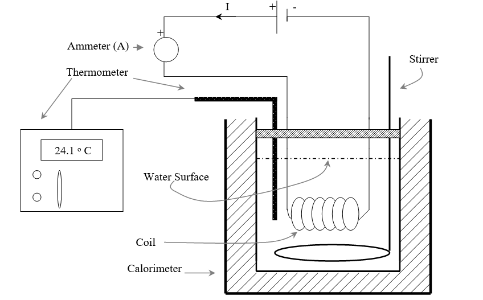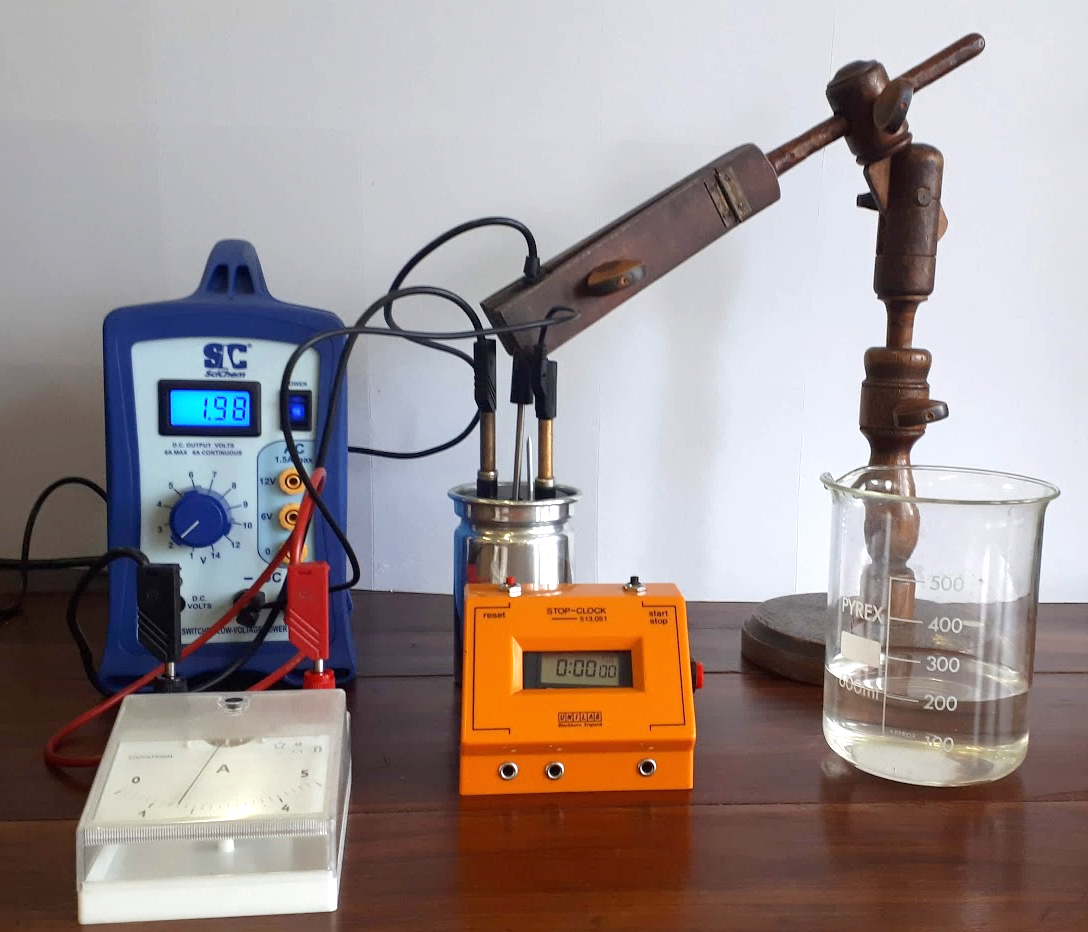- Home
- Semester and Timetable Information
- Study Physics
- Our Research
- Our People
- Careers and Alumni
- Seminars, News and Events
- Outreach and School Resources
- About the School
- What is Physics
- The Crawford Observatory
- Frequently Asked Questions
- MBH Conference
- UCC Futures Quantum & Photonics
- Supports
Resistance of a Wire
For this experiment we must first explain two concepts, electrical resistance of materials and heating of materials by electrical energy:
Resistance is an electrical quantity that measures how the device or material reduces the electric current flow through it. If we make an analogy to water flow in pipes, the resistance is bigger when the pipe is thinner, so the water flow is decreased. This is why copper is used in wiring in houses as opposed to other materials. Copper has a very low resistance and as such does not reduce the electric current flow very much.
Some materials produce a great amount of heat when a current is passed through them. This can be seen in the case of light bulbs. When a current flows through the light bulb the filament heats up to a great temperature and then produces light. If you feel a lightbulb after it has been on for a while you can feel the heat produced. However more and more bulbs are no longer filament bulbs and are becoming LED bulbs which do not produced heat. Another example are fuses. Fuses are thin wires which, if the current gets too high, produces too much heat and melts the wire, burning aout the fuse and stopping the flow of electricity.
Another example of a wire producing heat is in a calorimeter. A calorimeter is a metal cylinder which is covered in an insulating material inside another cylinder. The lid if the calorimeter often has a coil of wire connected two two terminals on the outside of the lid. This coil goes down into the cylinder into a liquid, usually water. When current is passed through the coil of wire, the wire heats rapidly and that heat radiates out into the water heating it and the metal cylinder. The temperture of the water is measured using a digital thermometer.
 |
 |
The specific heat capacity of the system (Q) can be calculated by using: Q = (Cc * Mc + Cw * Mw )ΔT where Cc is the specific heat capacity of the inside cylinder, in this case aluminium, Mc is the mass of the inside cylinder, Cw is the specific heat capacity of water and Mw is the mass of the water used.
If the current remains steady over a time t, the rate at which electrical energy is converted to thermal energy in the coil (the power generated ) is given by P = Q/t where P is power and t is time.
The resistance of a section of an electric circuit is defined as R = P/I^2, where P is the thermal power generated in that section and I is the current through the wire.
Putting all this together R = Q/(I^2 * t), the resitance of the wire can be calculated by
- first calculating the specific heat capacity of the system (Q) as described above
- Measuring the current going through the wire using an ammeter as seen in the diagram above (I)
- Measuring the total time the power is on (t)
You can try this lab out yourself with theis simulation / online lab: Electrical Determination of Specific Heat Lab
